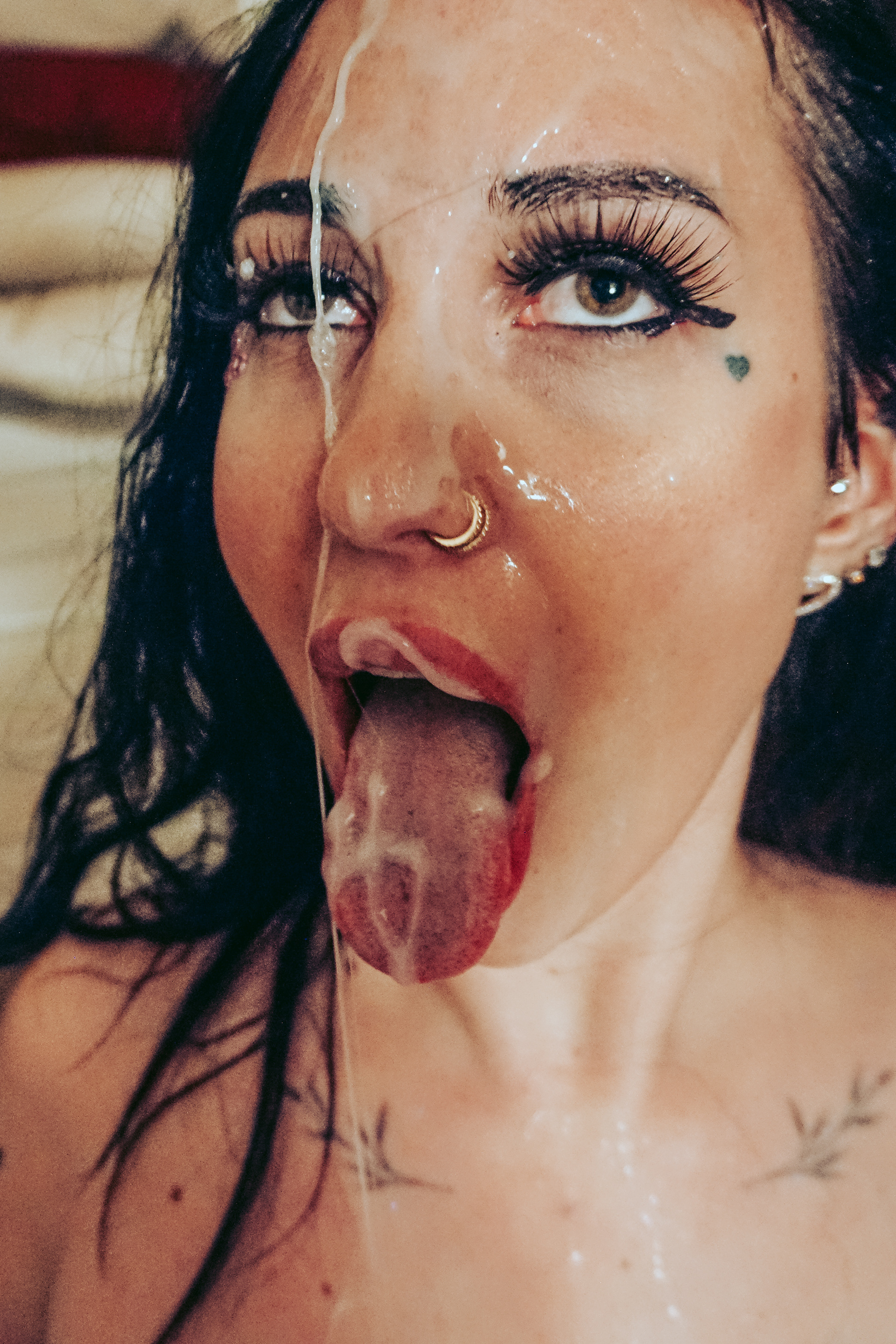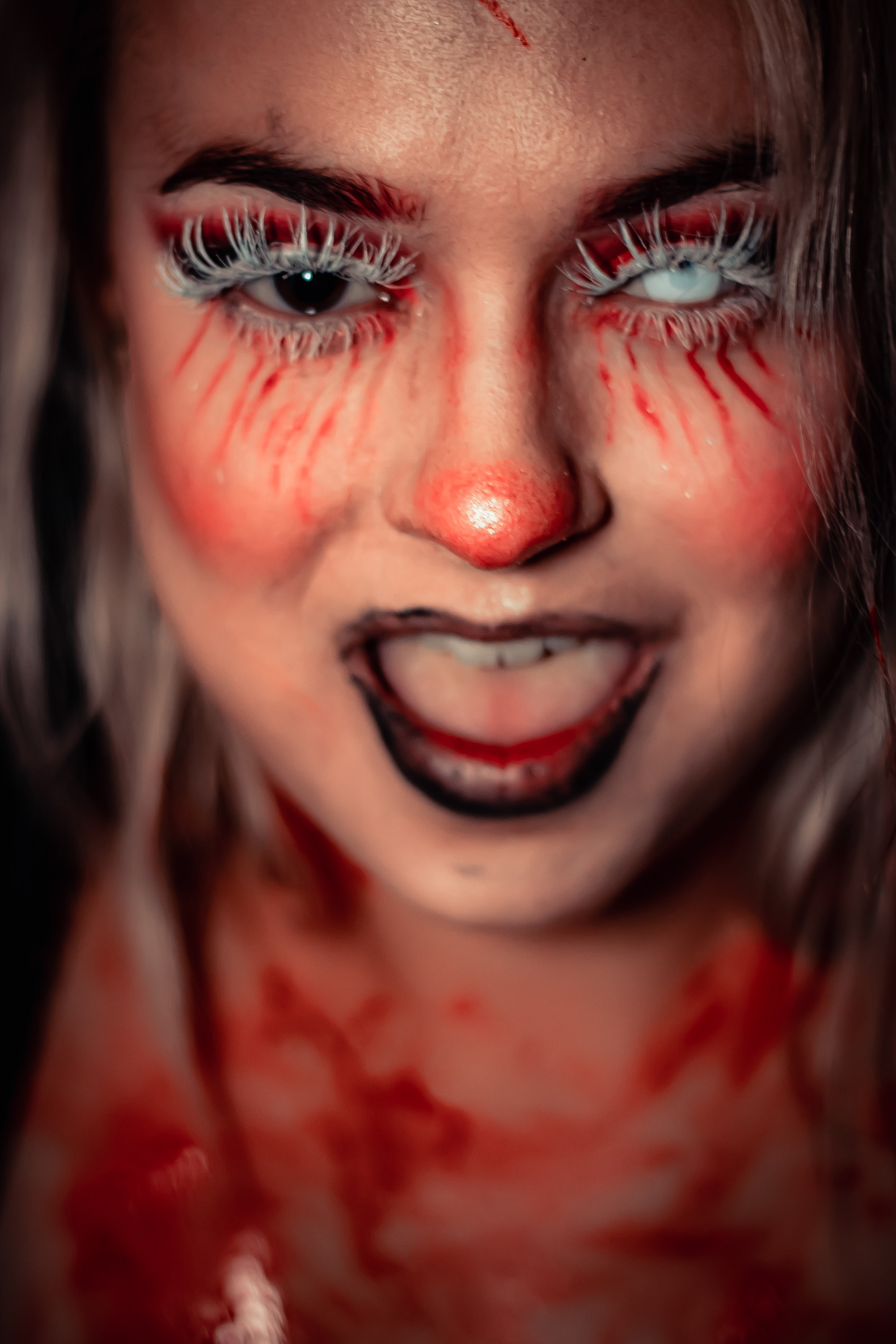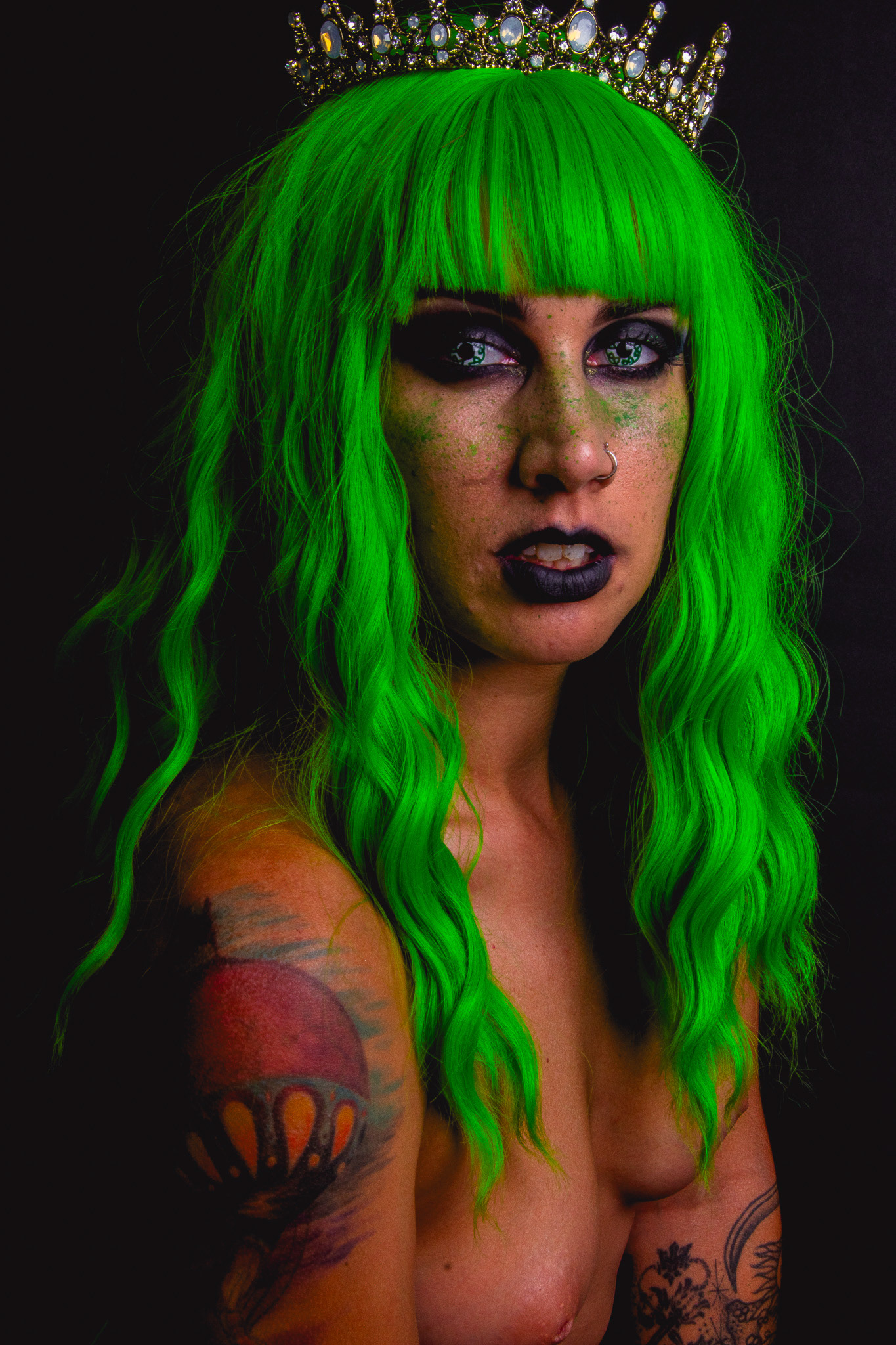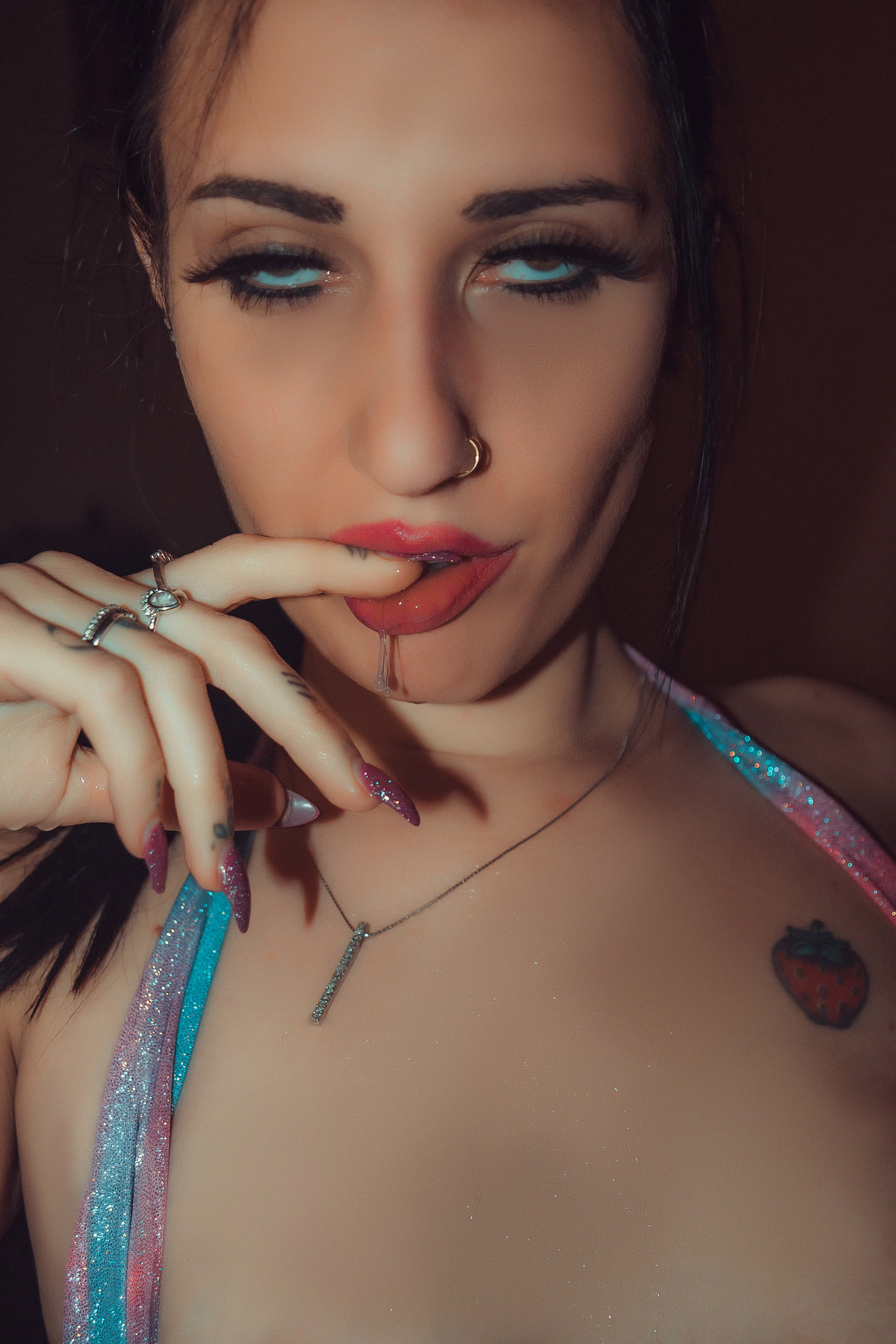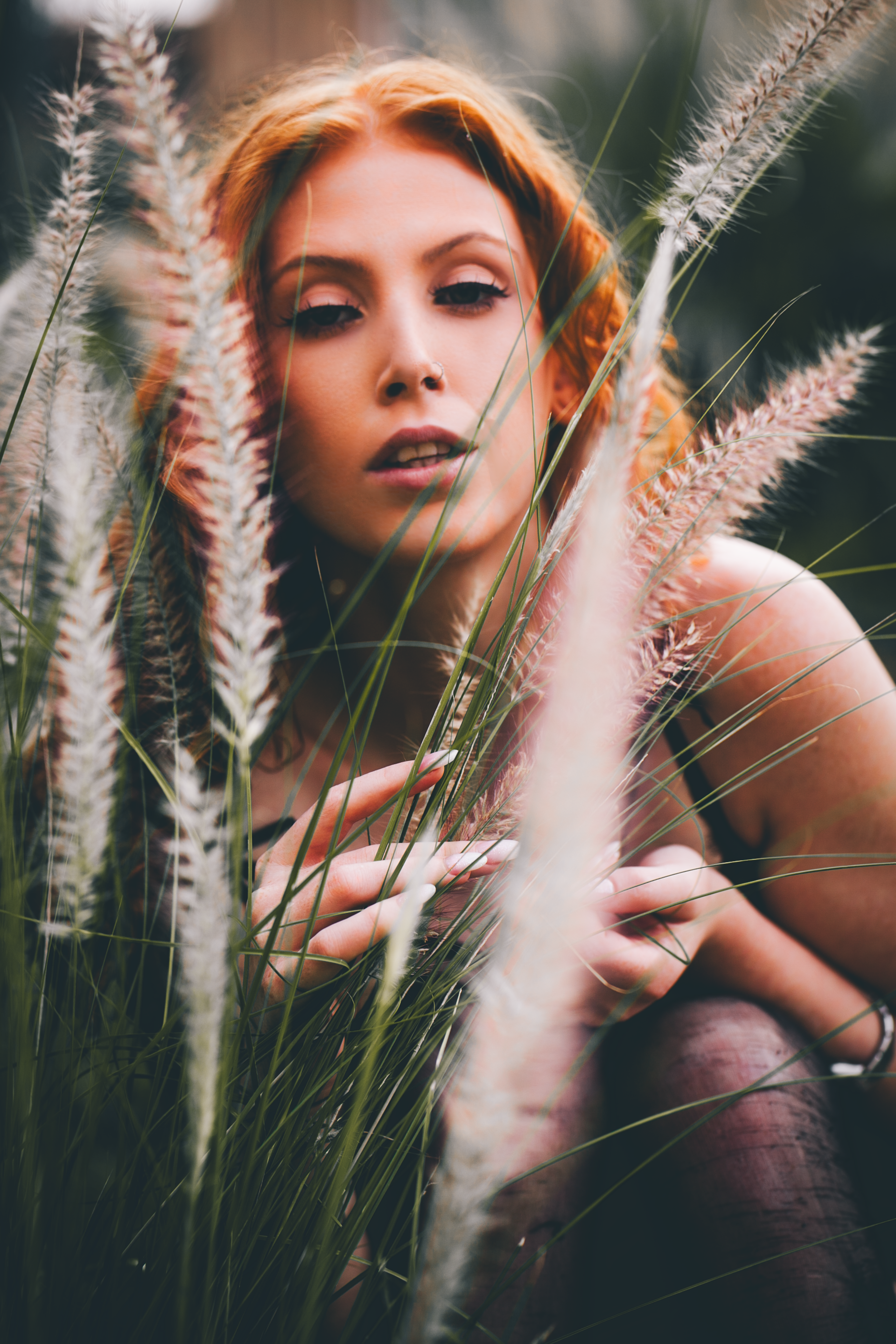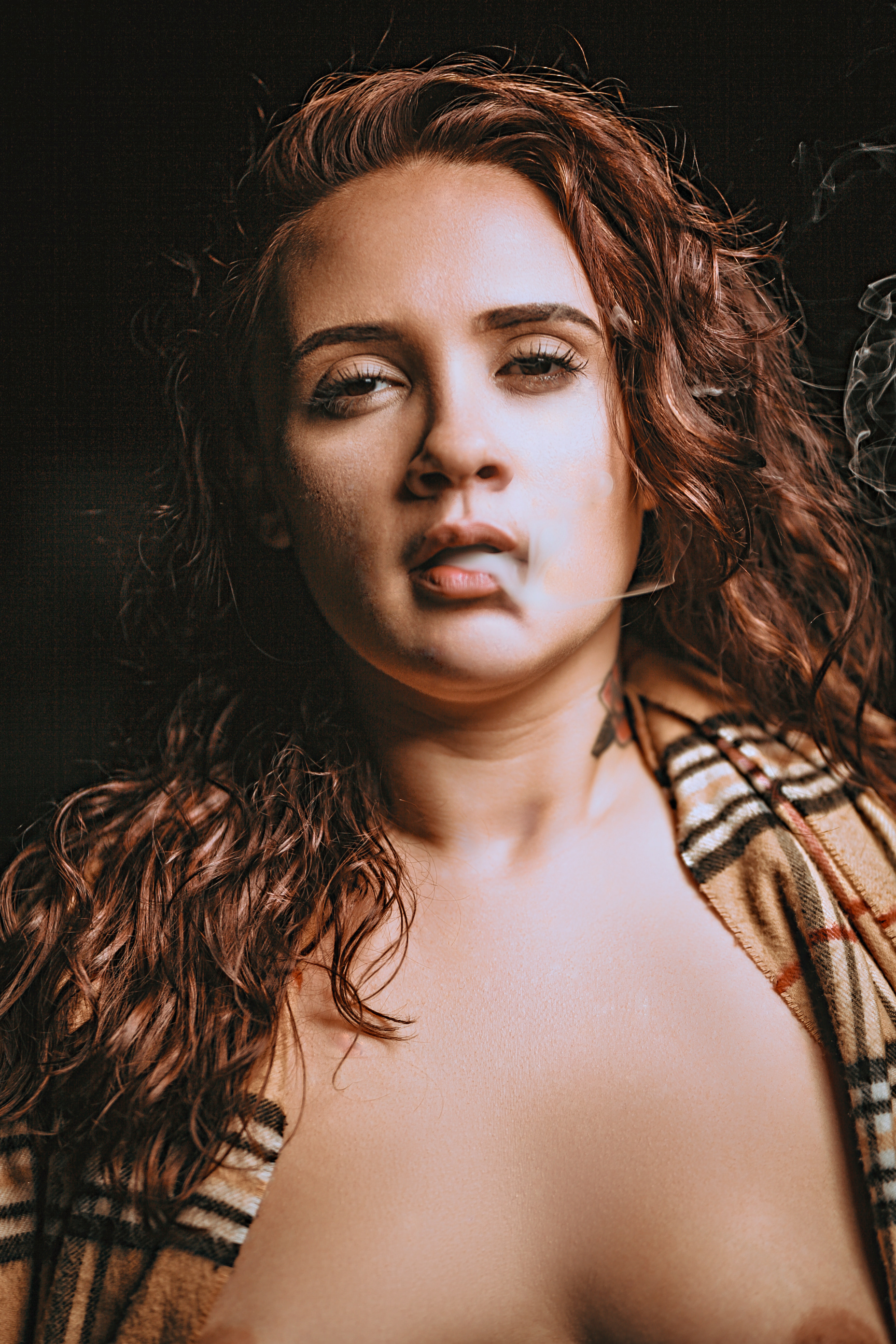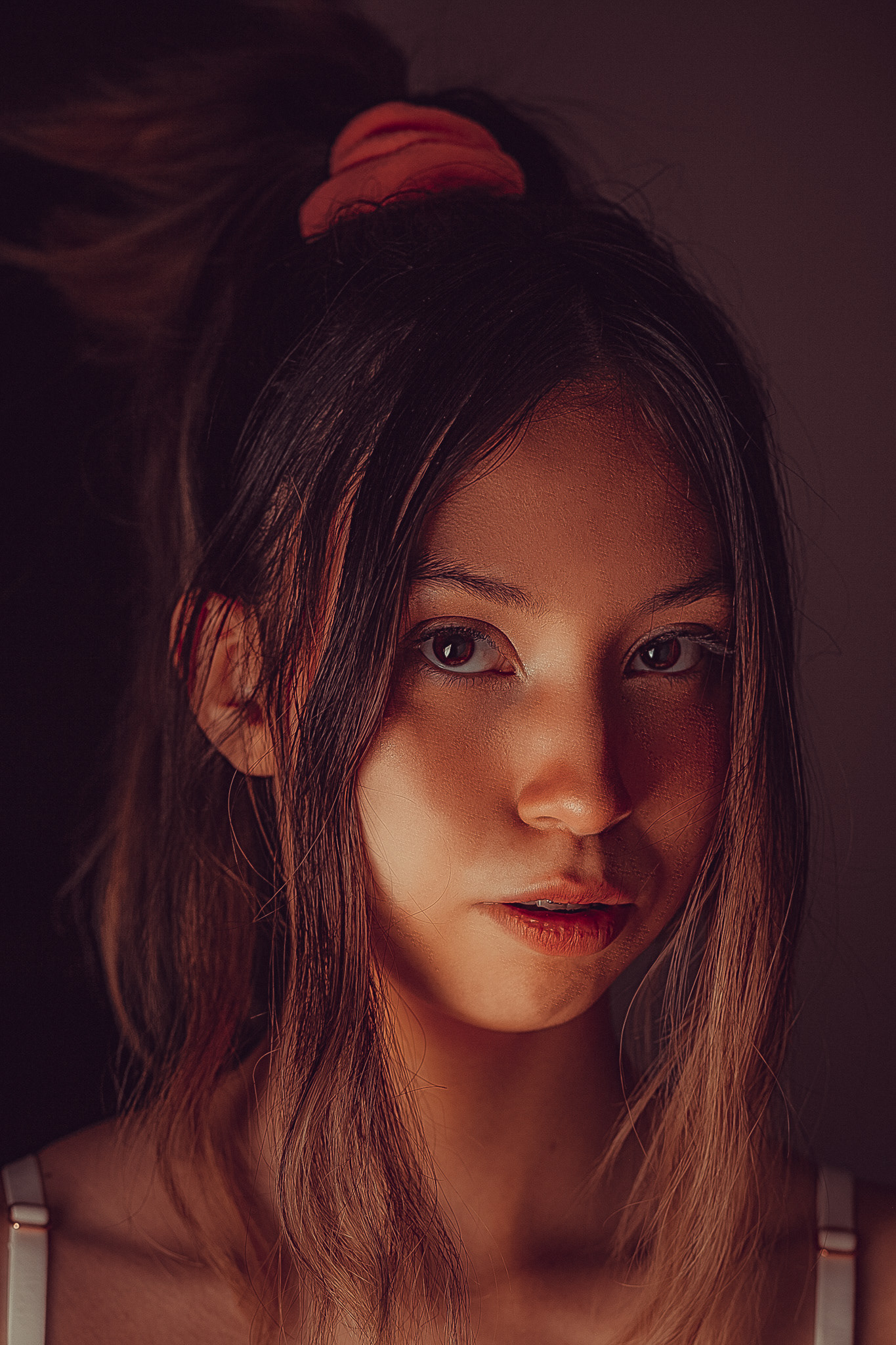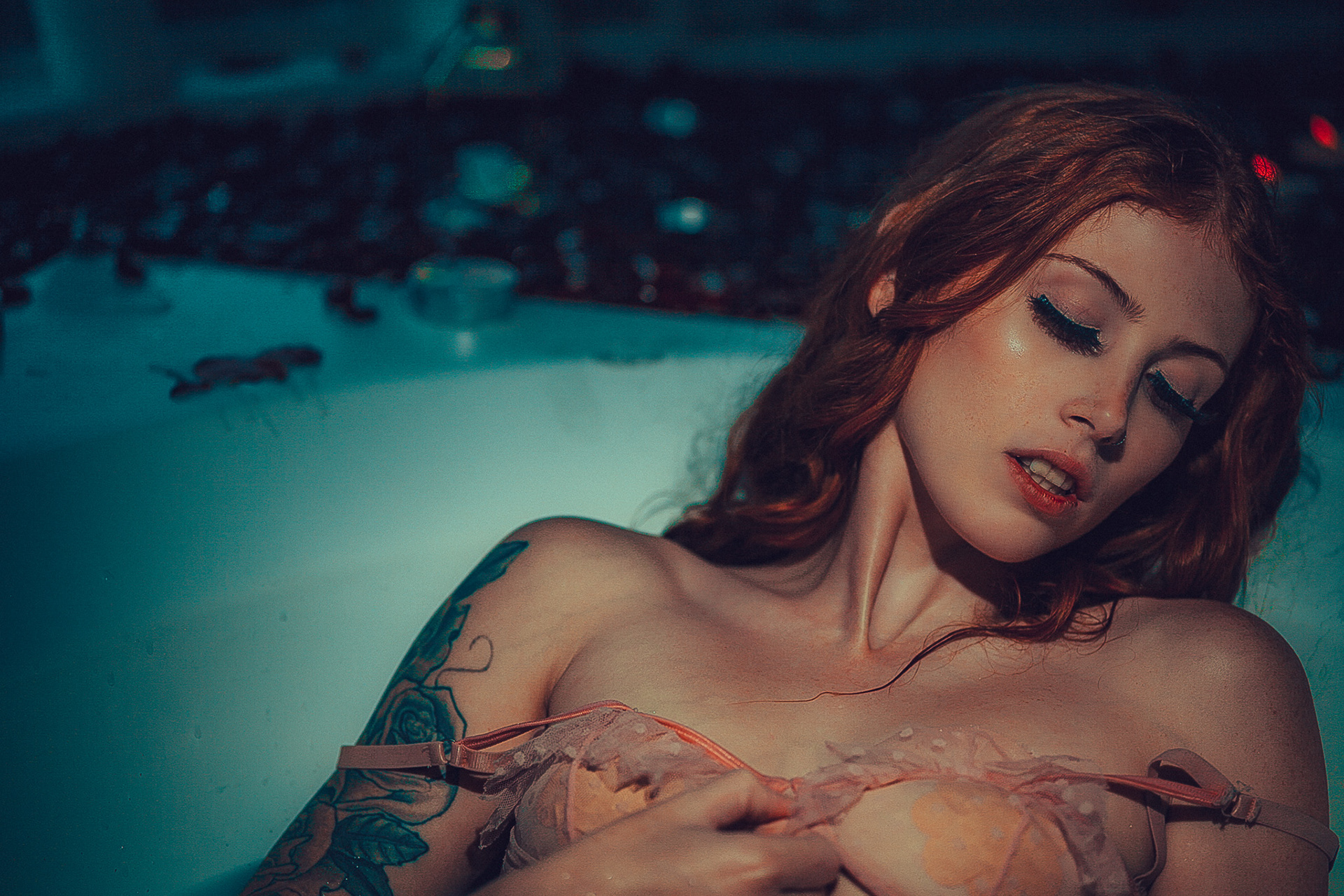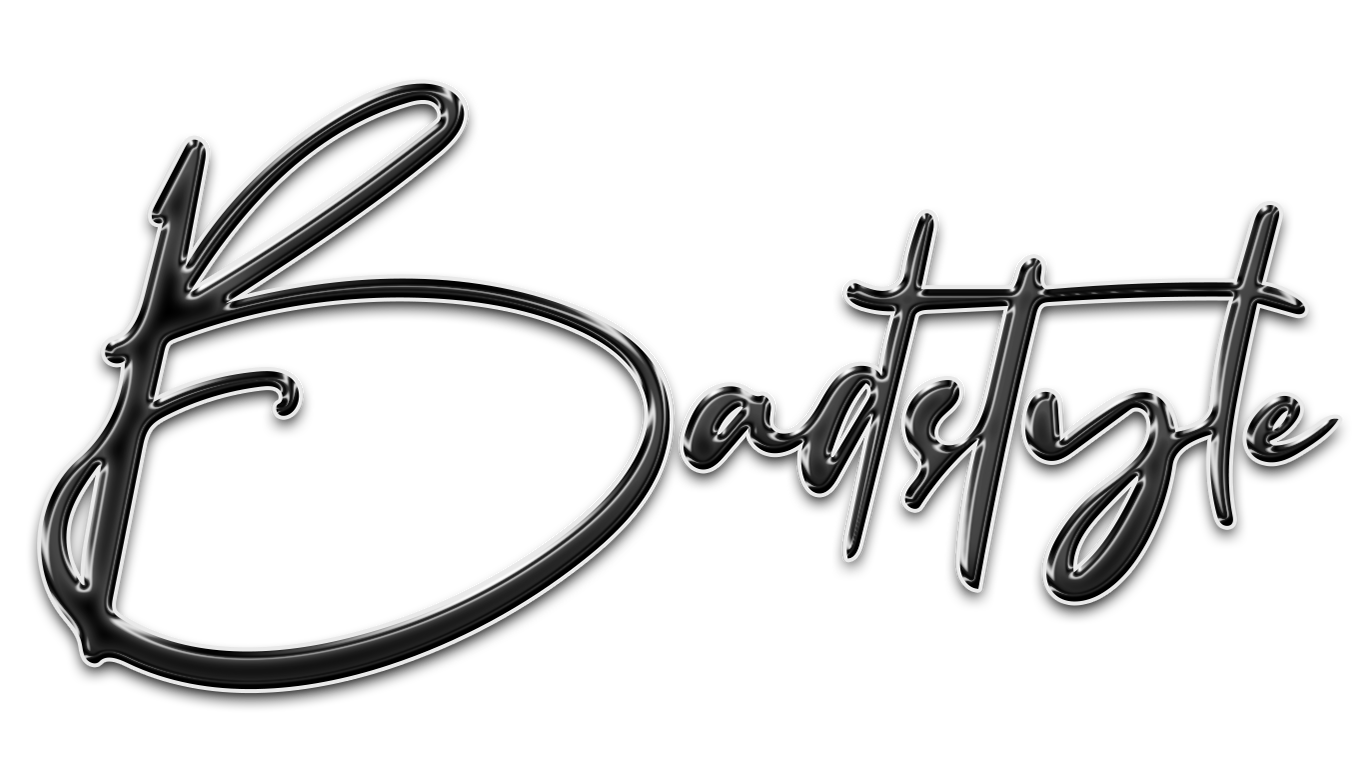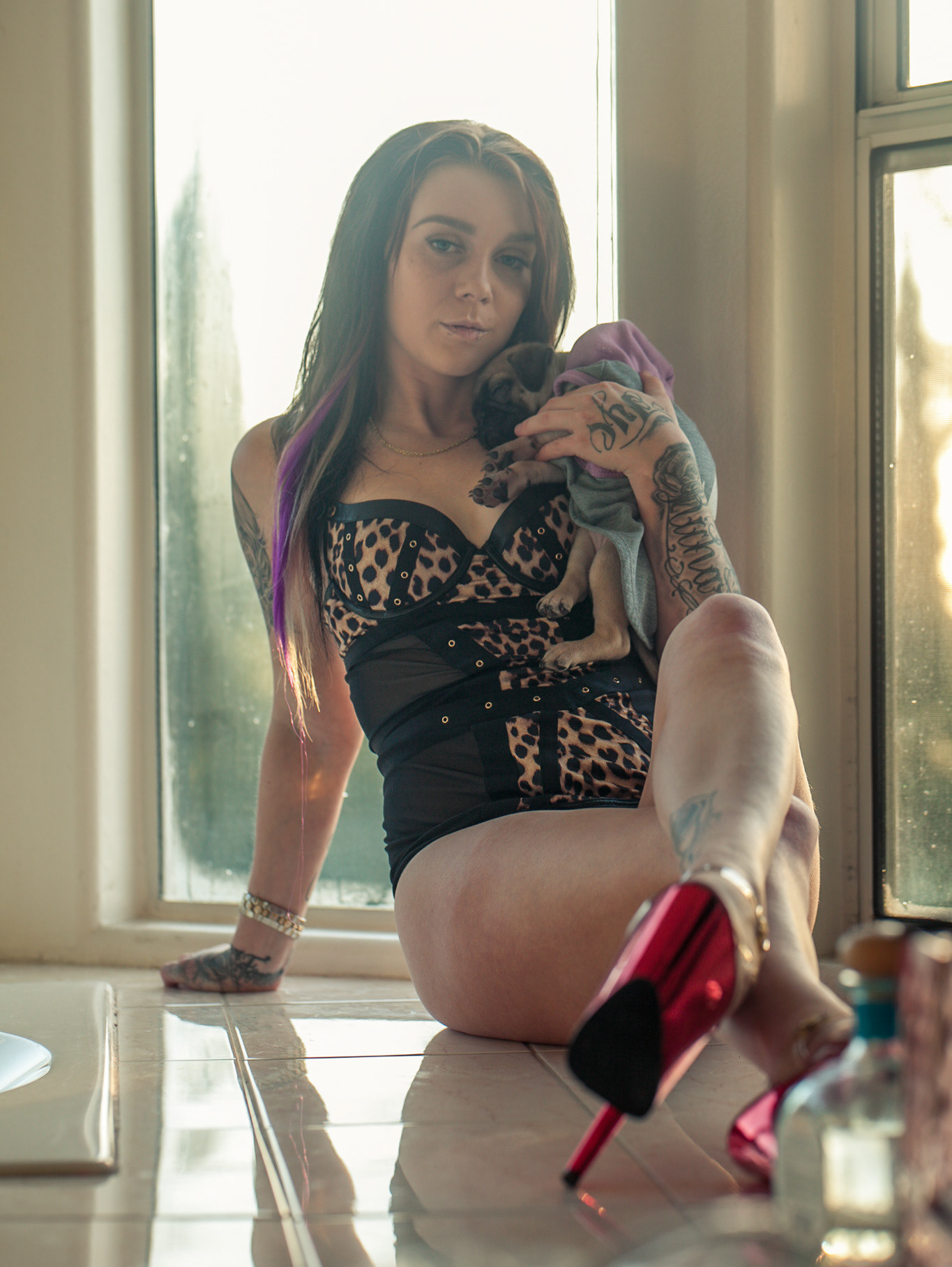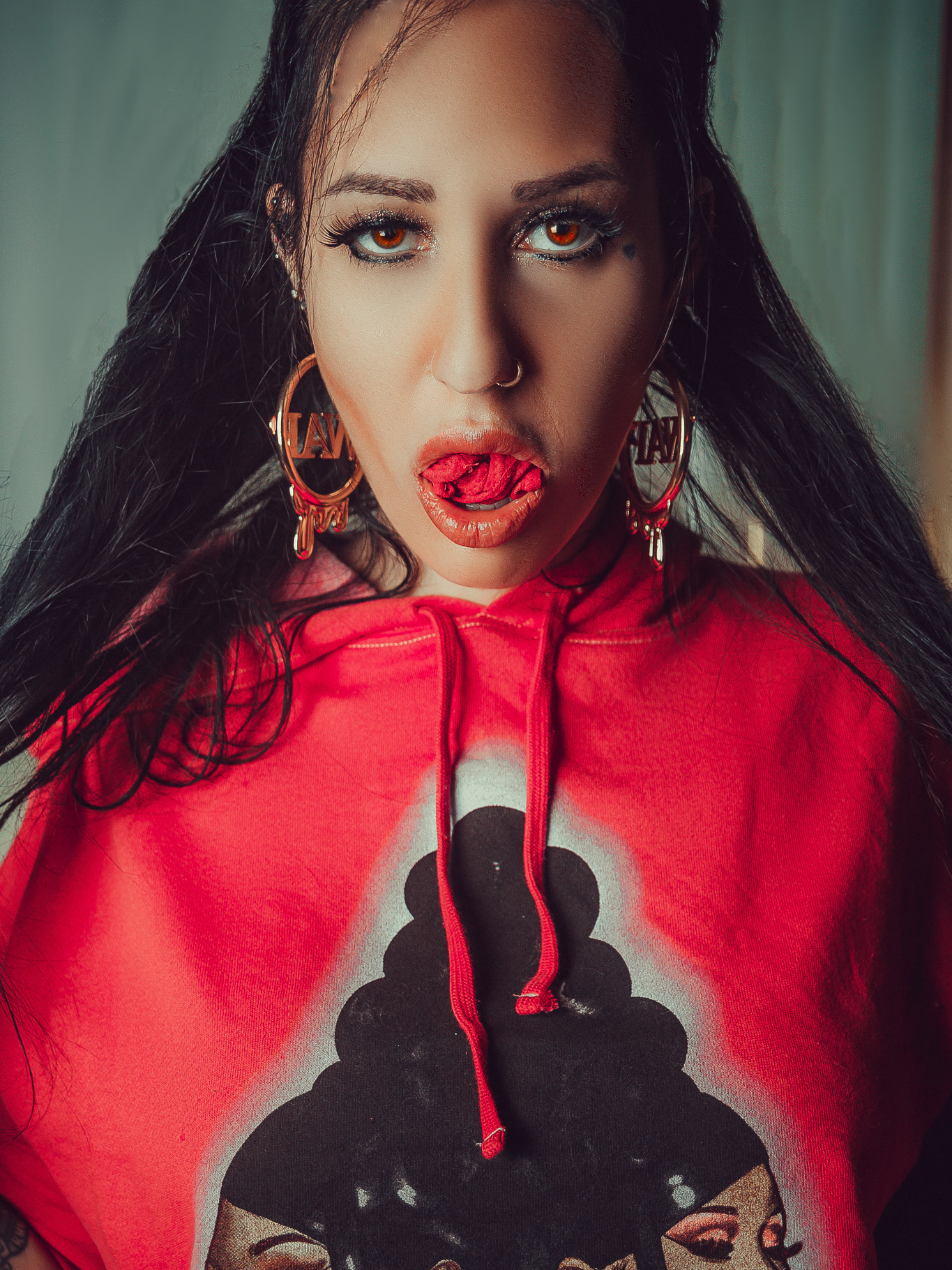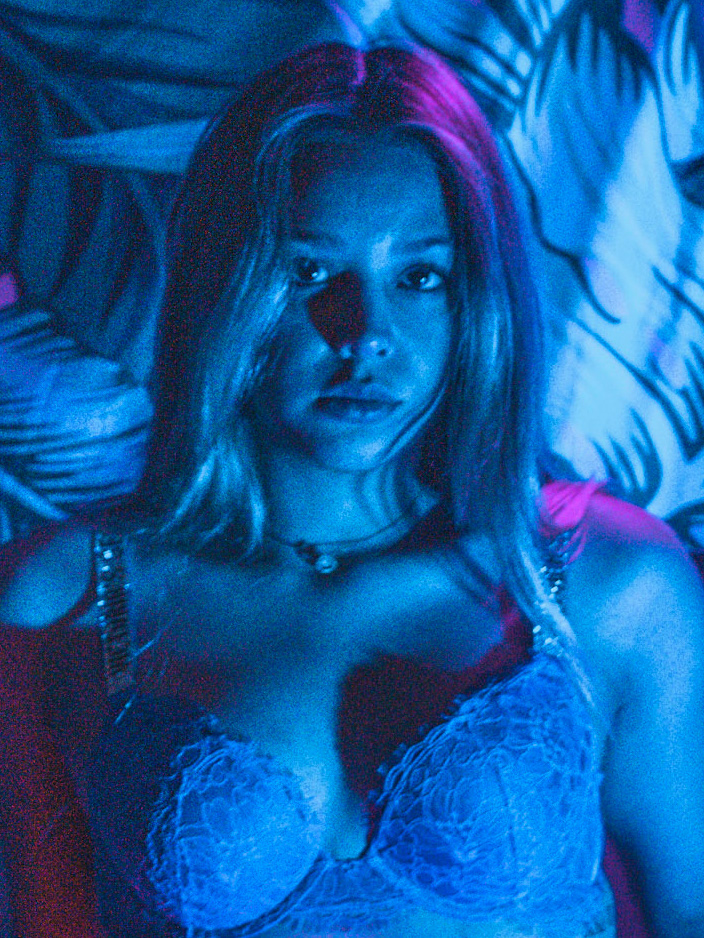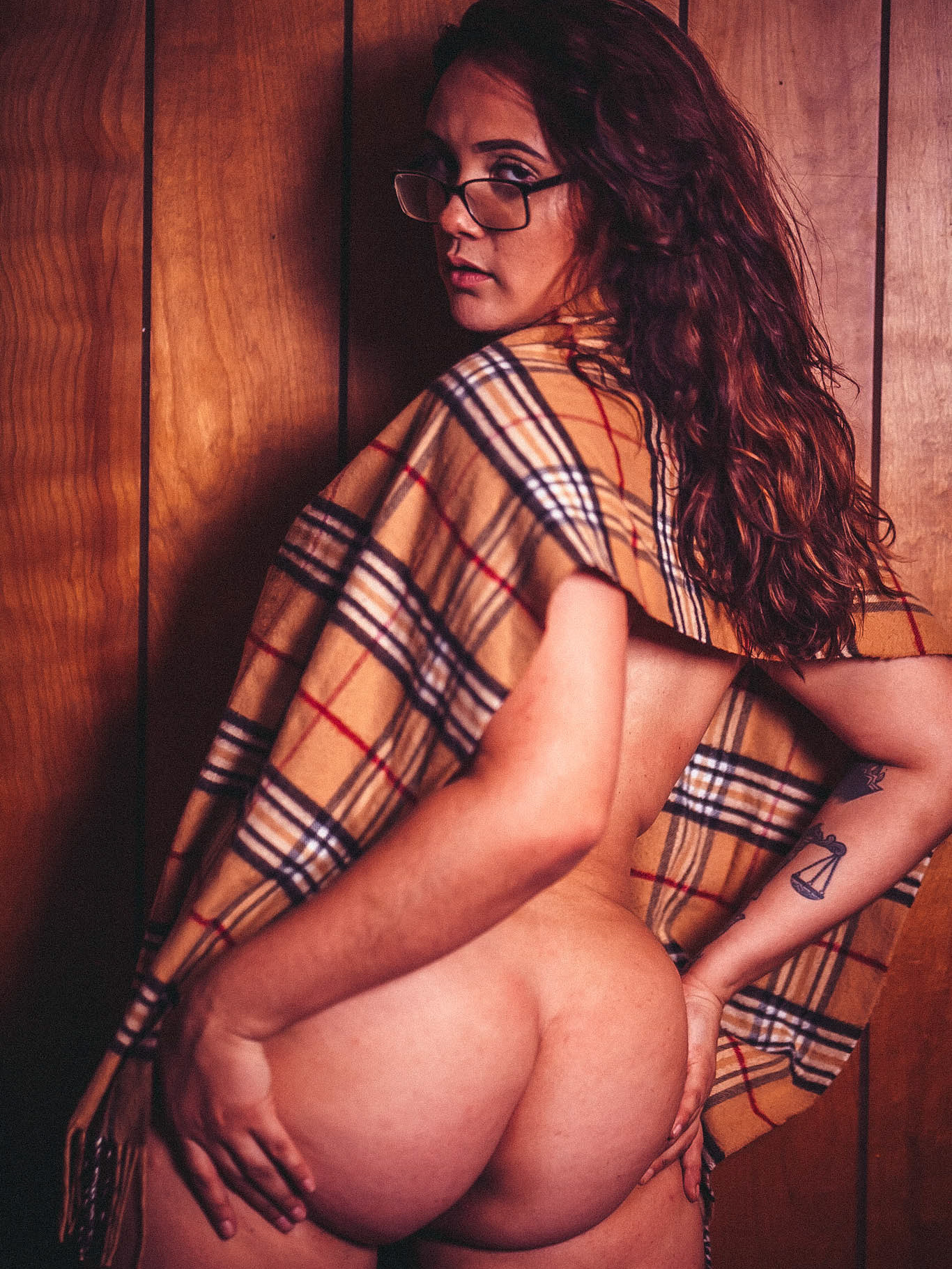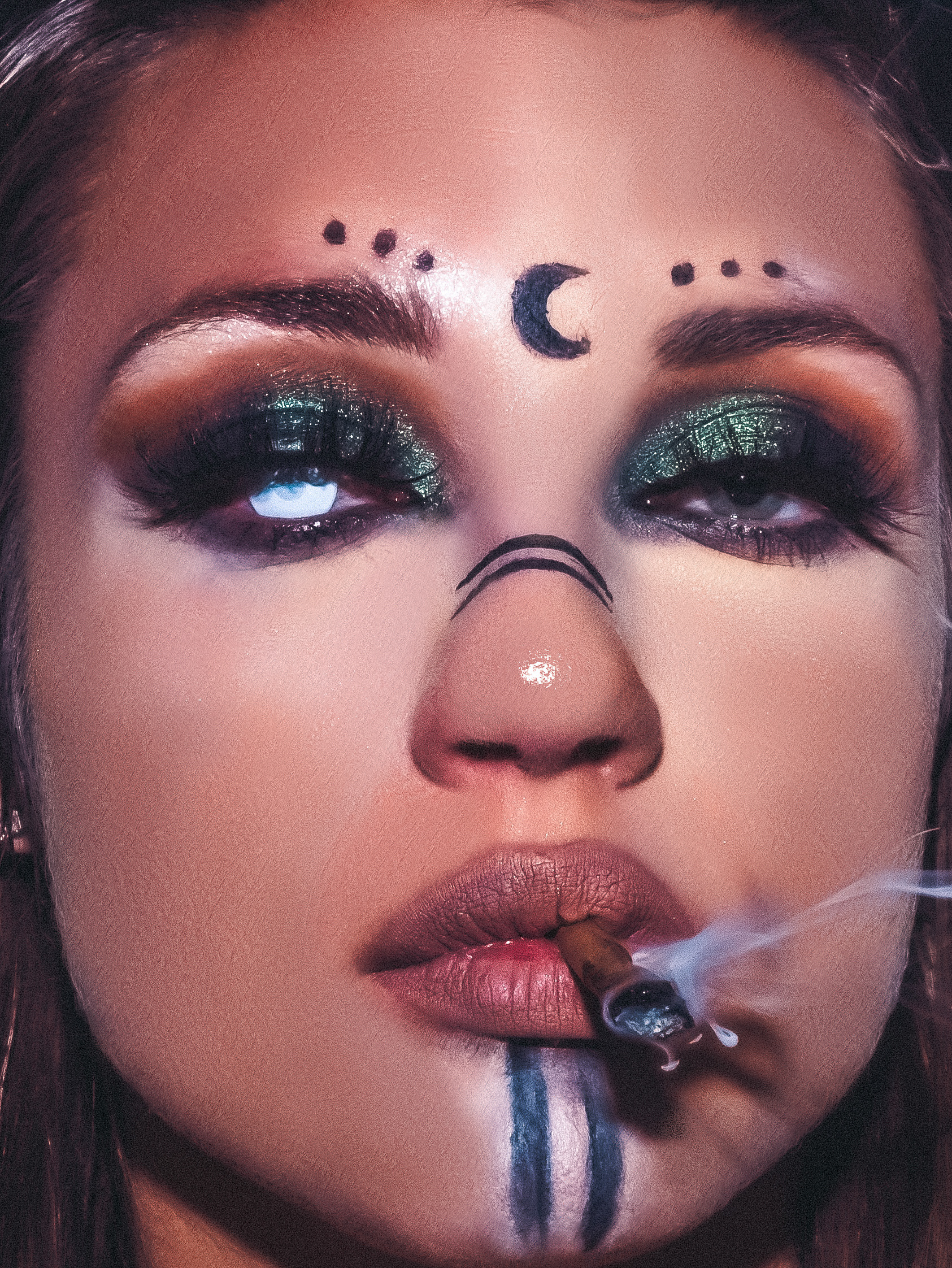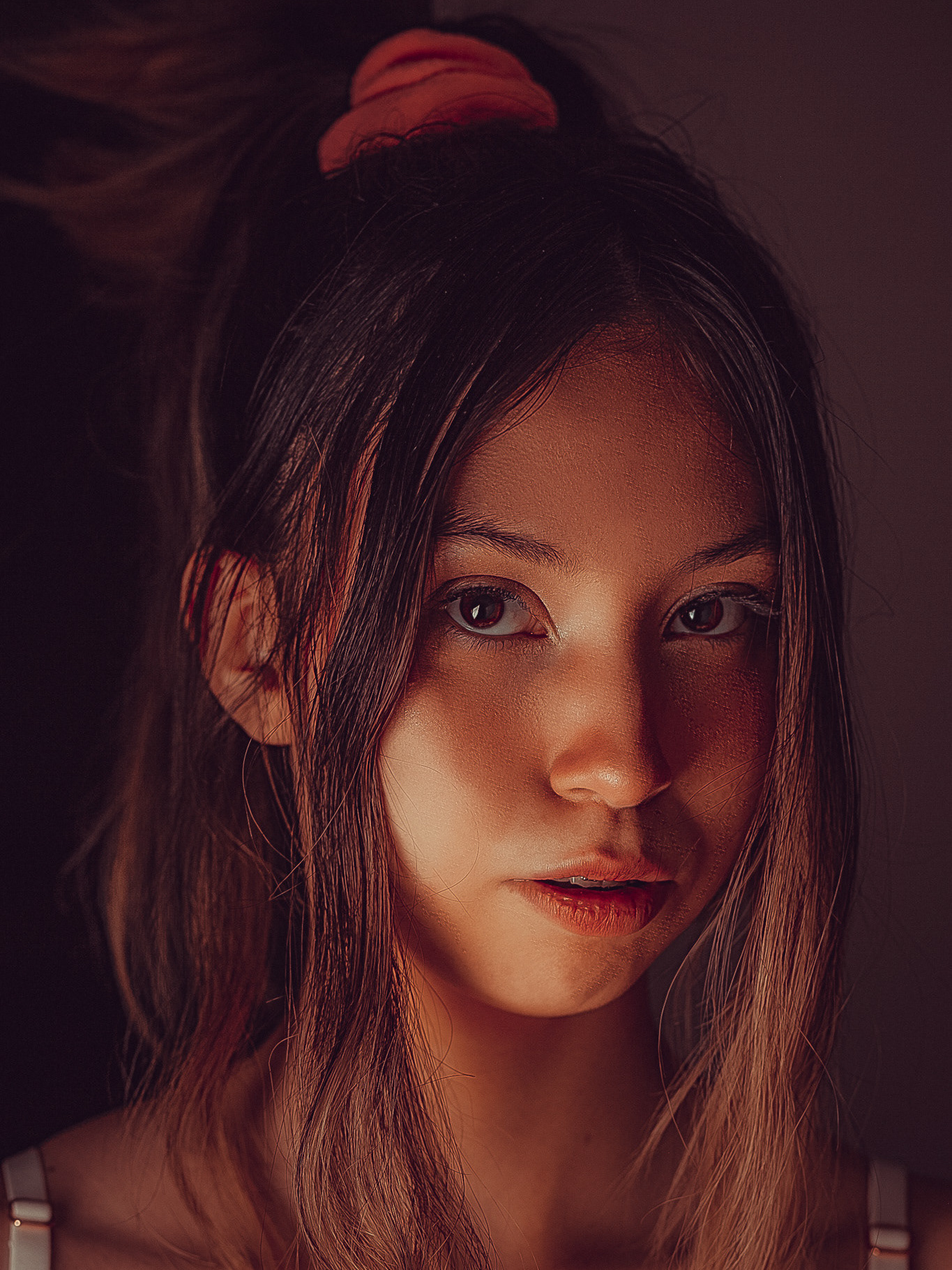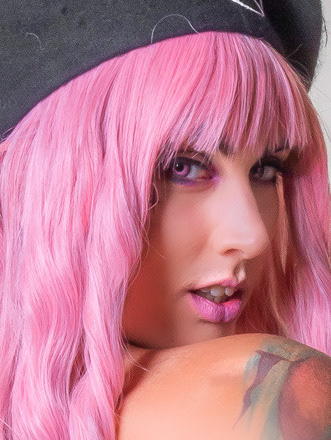Capturing Sensuality: The Art of Lighting in Boudoir Photography
Boudoir photography is a delicate art that captures the intimate essence of its subjects, often in a state of undress or wearing revealing attire. The key to creating stunning boudoir images lies in the lighting—a powerful tool that can evoke mood, shape the body, and accentuate the subject’s best features. In this genre, soft light reigns supreme, offering a flattering glow that wraps gently around the subject, creating a dreamy, ethereal quality that is both sensual and empowering.
Understanding Soft Light Soft light is characterized by its diffused nature, which reduces the intensity of shadows and minimizes harsh contrasts. It’s akin to the gentle illumination of an overcast day, where the clouds act as a natural diffuser, scattering the sunlight and softening its impact1. In boudoir photography, soft light flatters the subject by smoothing skin tones, reducing blemishes, and bringing a warm, inviting atmosphere to the images.
The Importance of Soft Light in Boudoir Photography The use of soft light in boudoir photography is crucial for several reasons:
Flattering the Subject: Soft light minimizes wrinkles, scars, and other imperfections, presenting the subject in the most flattering way possible.
Creating Atmosphere: The gentle quality of soft light contributes to a romantic and intimate ambiance, essential for boudoir imagery.
Highlighting Curves: Soft light wraps around the body, highlighting curves and contours without creating distracting shadows.
Eliciting Emotion: The warm and inviting nature of soft light can help elicit feelings of comfort and sensuality from the viewer.
Techniques for Achieving Soft Light To achieve soft light in boudoir photography, photographers employ various techniques:
Natural Light: Utilizing window light is a common approach, with sheer curtains or blinds to diffuse the light and control its intensity2.
Diffusers: Softboxes, umbrellas, and other diffusing tools are used to spread the light source, making it softer and more even.
Reflectors: White reflectors can bounce light back onto the subject, filling in shadows and further softening the light.
Continuous Light Sources: Continuous lights, such as LED panels, provide a constant source of soft light that allows photographers to see the lighting effect in real-time3.
Lighting Gear for Boudoir Photography While natural light is a preferred choice for many boudoir photographers, studio lights offer versatility and control. Monolights, for instance, are powerful tools that can be softened with modifiers to achieve the desired effect1. Continuous lights, like LED wands, are excellent for creating a soft glow and can be particularly useful for photographers who prefer to visualize the final look as they shoot3.
Conclusion Proper lighting is the cornerstone of boudoir photography, and mastering the use of soft light is essential for any photographer looking to excel in this genre. It’s not just about illuminating the subject; it’s about sculpting the light to create images that are as much about feeling as they are about seeing. With the right approach to lighting, boudoir photographs can transcend mere pictures, becoming timeless works of art that celebrate the human form in its most beautiful and vulnerable state.
